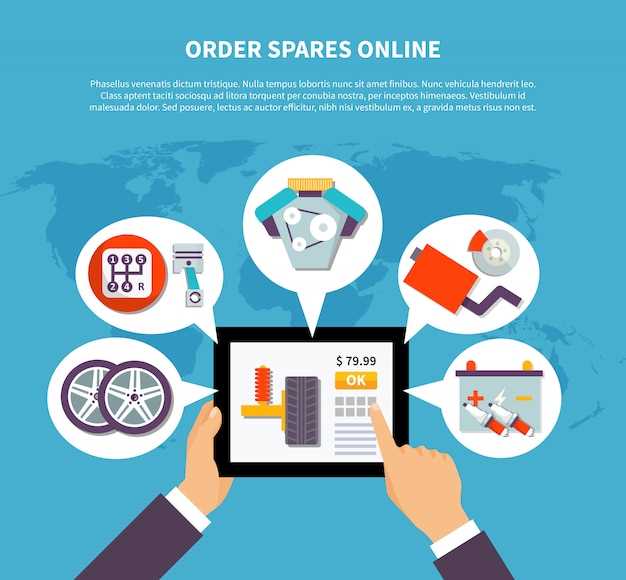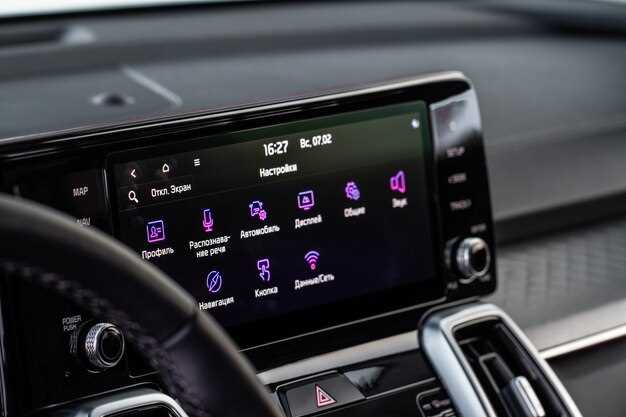
In today’s fast-paced world, having a reliable and feature-rich car entertainment system is essential for enhancing the driving experience. Modern drivers seek more than just a simple radio; they desire seamless connectivity with their devices, allowing for easy access to music, navigation, and communication tools. The right car entertainment system can transform long journeys and daily commutes into enjoyable adventures.
This article will explore the top-rated car entertainment systems available on the market, catering to various needs and preferences. From advanced features like touchscreen displays and voice control to compatibility with smartphones and apps, these systems are designed to provide drivers with the ultimate in convenience and enjoyment. Whether you’re a tech enthusiast or someone who values simplicity, there is an ideal solution waiting for you.
As we dive into the options, we’ll focus on key aspects such as sound quality, user interface, and the level of connectivity offered. With the right information, you can make an informed decision that not only enhances your vehicle’s entertainment capabilities but also ensures a safer and more connected driving experience. Join us as we uncover the best systems for every type of driver.
Bluetooth Connectivity: Choosing the Best Options for Seamless Pairing

Bluetooth connectivity has become an essential feature for modern car entertainment systems, enabling drivers to enjoy music, hands-free calls, and navigation while keeping their focus on the road. When selecting a car entertainment system, it’s crucial to consider options that offer seamless pairing and reliable connectivity to enhance the driving experience.
One of the primary factors to evaluate is compatibility with multiple devices. Look for systems that support a wide range of smartphones and tablets, including both iOS and Android devices. This flexibility ensures that you can connect easily, regardless of the device you use.
Another important aspect is connectivity range. A good car entertainment system should maintain a stable connection even at a distance, allowing users to move around the vehicle without losing the Bluetooth signal. Systems with extended connectivity range typically provide a better user experience when switching between media sources or answering phone calls.
Additionally, consider the ease of pairing. Some systems offer one-touch pairing through NFC (Near Field Communication), simplifying the connection process. Others may require more steps, which can be cumbersome during a busy day. Opt for systems that prioritize quick and easy pairing to minimize distractions.
Audio quality is also critical when choosing a Bluetooth-enabled system. Look for options with advanced audio codecs, such as aptX or AAC, which enhance sound fidelity during streaming. This ensures that your music sounds great, providing an enjoyable listening experience on your drives.
Lastly, keep an eye on software updates and manufacturers’ support. Regular updates can enhance connectivity features and fix potential issues over time. A system from a reputable brand with strong customer service is more likely to provide timely support and improvements.
In summary, when selecting a car entertainment system, prioritize Bluetooth connectivity features that ensure compatibility, range, ease of pairing, audio quality, and support. These elements will contribute to a seamless and enjoyable experience for every driver.
Infotainment Features: Key Functions That Enhance Your Driving Experience
Infotainment systems have become an essential aspect of modern vehicles, enhancing the driving experience through a combination of entertainment, connectivity, and information. These systems are designed to keep drivers engaged and informed without compromising safety.
One of the most crucial features of infotainment systems is seamless connectivity. This capability allows users to connect their smartphones via Bluetooth or USB, enabling access to music, navigation apps, and hands-free communication. Being able to make and receive calls or send texts without taking hands off the wheel significantly improves safety while driving.
Navigation is another key function that enhances the overall experience. Most infotainment systems come equipped with built-in GPS, providing real-time directions, traffic updates, and alternative routes. This feature not only helps drivers reach their destinations more efficiently but also minimizes stress during long trips.
Streaming services integration is a significant advancement in car entertainment. Drivers can access their favorite music and podcasts directly through the car’s infotainment interface, allowing for a personalized listening experience on the road. Compatibility with popular platforms like Spotify and Apple Music ensures that entertainment is always at your fingertips.
Voice recognition technology is also a standout feature, allowing drivers to control the infotainment system hands-free. By using simple voice commands, users can change music tracks, obtain navigation prompts, or answer calls, which significantly reduces distractions and enhances safety.
In addition, many infotainment systems offer advanced vehicle diagnostics. These functionalities provide real-time data about the vehicle’s performance, allowing drivers to monitor fuel efficiency, tire pressure, and maintenance alerts. Staying informed about the car’s condition promotes proactive care and helps prevent potential issues.
Finally, the integration of smart home technology is an emerging trend in infotainment systems. This feature allows drivers to control smart devices at home, such as lights or thermostats, directly from their car. This level of connectivity not only introduces convenience but also provides a unique driving experience tailored to individual lifestyles.
Screen Size and Display Quality: What to Consider for Optimal Viewing

When selecting an infotainment system for your vehicle, screen size and display quality are critical factors that impact your overall experience. A larger screen size enhances visibility and provides more space for interface features, which is especially beneficial for multitasking while driving. Generally, screens ranging from 7 to 10 inches are ideal for most vehicles, balancing usability and space. However, it is essential to ensure that the screen is not overly large for the car’s dashboard, as this could impede visibility and driver focus.
Display quality is equally important. High-resolution screens, such as Full HD (1920 x 1080) or higher, offer clearer images and vibrant colors, making navigation and media consumption far more enjoyable. Look for systems that utilize IPS (In-Plane Switching) technology, which provides better viewing angles and color accuracy, ensuring the display remains clear even in direct sunlight.
Brightness and contrast levels should also be considered to ensure that the display is easily readable in various lighting conditions, from bright daylight to nighttime driving. A screen with adjustable brightness settings can enhance comfort and usability, allowing for a customized viewing experience that minimizes glare and reflections.
Touch responsiveness is another crucial aspect of display quality. A responsive touch interface makes interaction seamless, enabling quick access to apps and features without distracting the driver. Additionally, consider whether the system supports gesture controls or voice commands, as these can enhance usability without compromising safety.
In summary, when evaluating infotainment systems, prioritize screen size and display quality to ensure an optimal viewing experience. A well-sized, high-resolution display with excellent brightness, contrast, and responsiveness can significantly enhance your driving experience, making navigation easier and media enjoyment more immersive.




